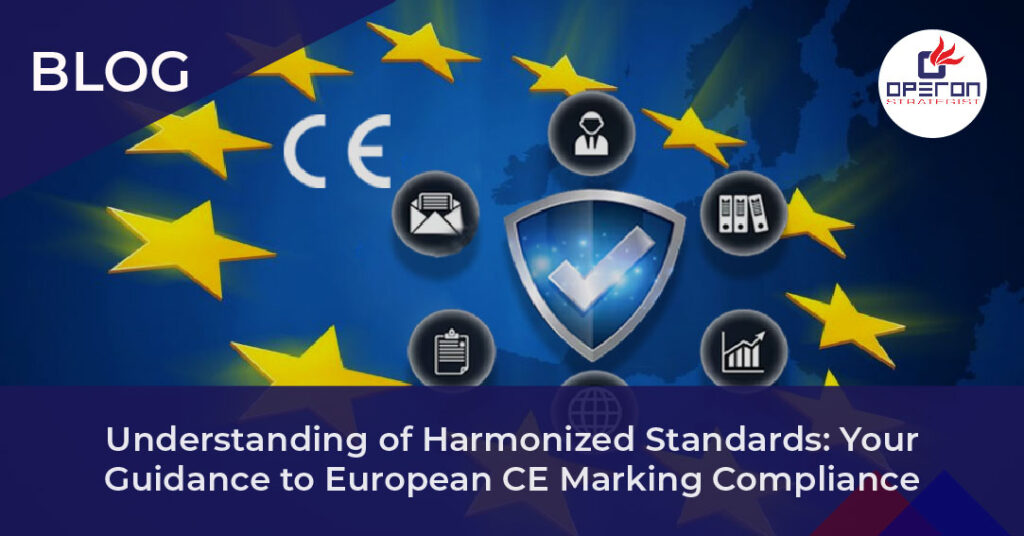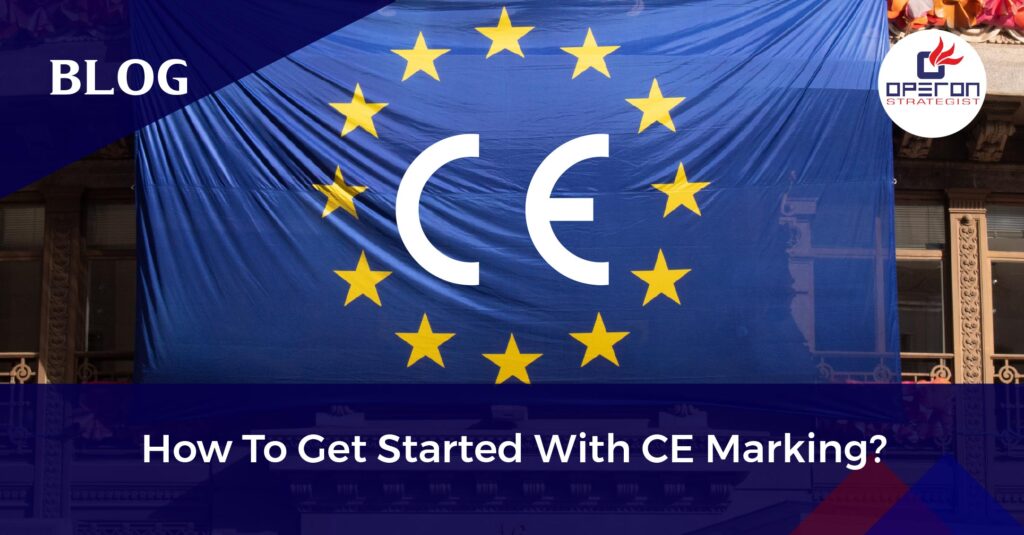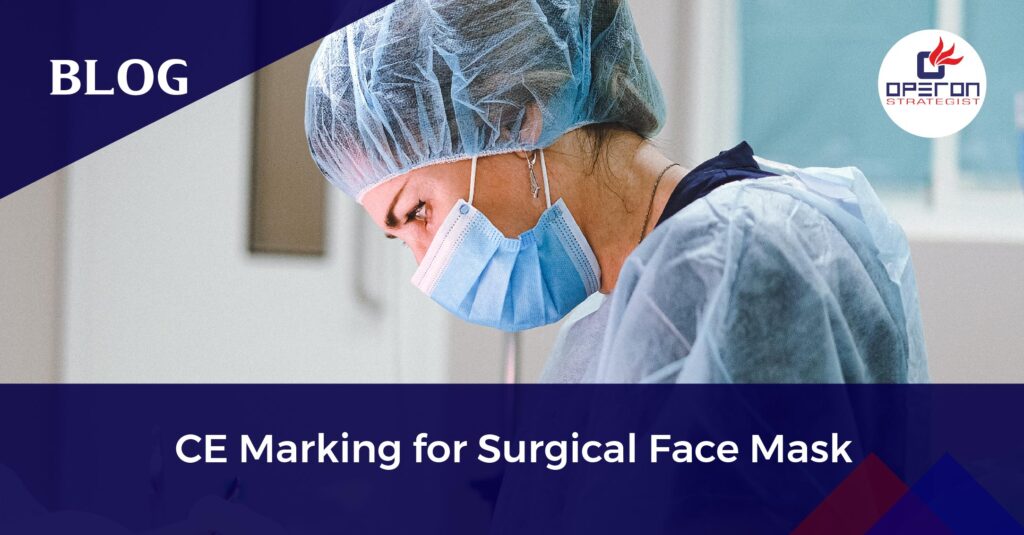CE Marking Compliance with Harmonized Standards: An Overview
In the world of medical devices, ensuring compliance with the strict regulations governing their development and market entry is crucial. At the heart of this process is CE marking, mandatory symbol that signifies conformity with essential safety and performance requirements outlined in the EU Medical Device Regulation (MDR 2017/745).
A key component of European CE marking compliance is the use of harmonized standards. Developed by recognized European organizations, these standards provide manufacturers with clear guidelines for demonstrating product safety and effectiveness. By adhering to harmonized standards, manufacturers can not only expedite the CE marking process but also enhance the quality and reliability of their medical devices.
Also Read Our service page on ce mark for medical devices.
Looking For a Medical Device Regulatory Consultant?
Let’s have a word about your next project
What Are Harmonized Standards?
Harmonized standards are technical specifications created by European standardization bodies such as CEN, CENELEC, and ETSI. These standards align with the essential requirements of EU directives and regulations, covering various aspects of medical devices, from design and materials to manufacturing processes and clinical performance.
Why Use Harmonized Standards for European CE Marking?
Incorporating harmonized standards into the European CE marking process offers several key benefits:
- Streamlined Conformity Assessment: Following harmonized standards simplifies the process of demonstrating compliance with essential requirements, reducing complexities and uncertainties, and minimizing the risk of non-compliance.
- Increased Product Quality: These standards are based on rigorous scientific and technical expertise, ensuring that devices meet high safety and performance benchmarks. This adherence promotes the development of high-quality medical devices, improving patient outcomes.
- Enhanced Market Access: Compliance with harmonized standards strengthens a manufacturer’s credibility, facilitating quicker and smoother market access across the European Union.
Risks of Not Using Harmonized Standards:
While using harmonized standards is strongly encouraged, non-compliance can result in several challenges:
- Increased Regulatory Scrutiny: Products that do not conform to harmonized standards may face heightened scrutiny from regulatory bodies, leading to delays in market approvals and potential enforcement actions.
- Reputational Damage: Non-compliance can erode trust in your brand, as consumers and healthcare providers may become suspicious of the product’s safety and effectiveness.
- Legal Liabilities: Manufacturers who fail to meet European CE marking requirements may face legal consequences, including product recalls, fines, and even litigation.
Conclusion
Harmonized standards are essential in ensuring that medical devices within the EU are both safe and effective. By incorporating these standards into the European CE marking process, manufacturers can streamline compliance, enhance product quality, and gain easier access to the European market. Utilizing harmonized standards demonstrates a commitment to patient safety and builds trust among healthcare professionals and patients.
To Simplify Your CE Marking Compliance with Expert Regulatory Support!
How Can Operon Strategist Help?
At Operon Strategist, we specialize in guiding medical device manufacturers through regulatory processes, including CE marking compliance. Our expertise ensures that you meet all the necessary regulatory standards efficiently and effectively. Need support with harmonized standards and CE marking? Contact us today to learn how we can help streamline your compliance process and take your products to the global market.
- adminhttps://operonstrategist.com/author/admin-2/
- adminhttps://operonstrategist.com/author/admin-2/
- adminhttps://operonstrategist.com/author/admin-2/
- adminhttps://operonstrategist.com/author/admin-2/




